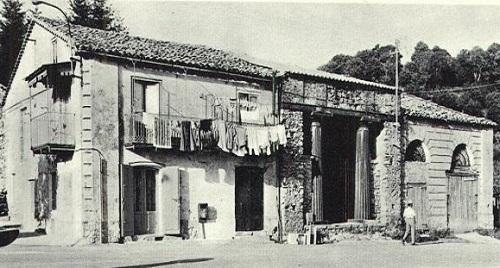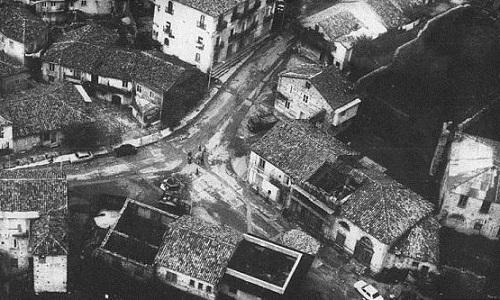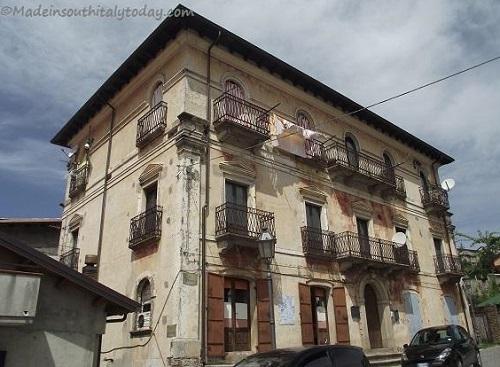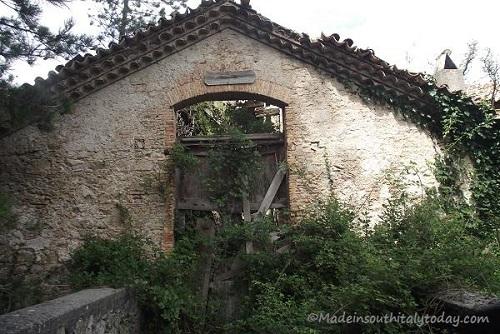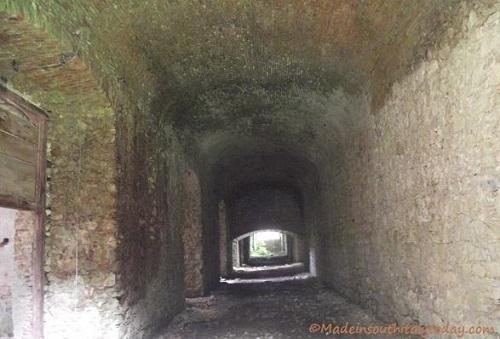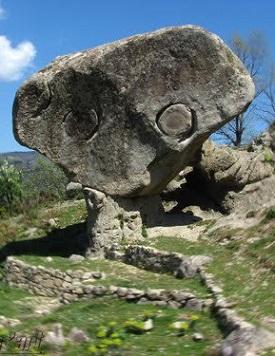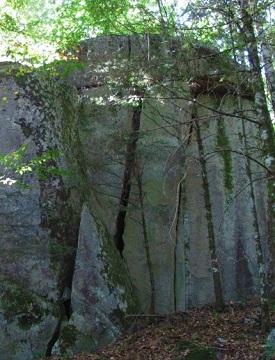History & People of Calabria
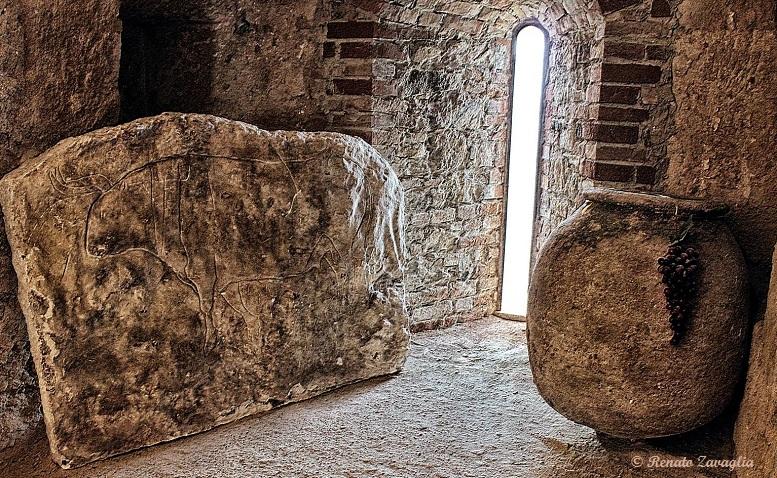
Photo kindly provided by Renato Zavaglia - Text by Domenico Russumanno
|
Excavations in various locations of the region have become systematic and its archeology can now be approached with a greater degree of certitude.
From flints and animal fossils finds in the Grottoes of Scalea (Torre Talao), and at Papasidero (Romito Grotto) with the 'Bos primigenius' graffito as well as others, it is known that the region was inhabited even in Paleolithic times.
Settlement were more scattered in the Neolithic period, and concentrated to the east (Sant'Angelo di Cassano, Favella, Girifalco).
Bronze age finds come from a variety of sites, such as Praia, Tiriolo and Gerage.
Already and even more so in the Iron Age, thee were two necropolises instead of isolated caves.
The most outstanding necropolises are Torre Mordillo near Cosenza and Torre Galli near Vibo.
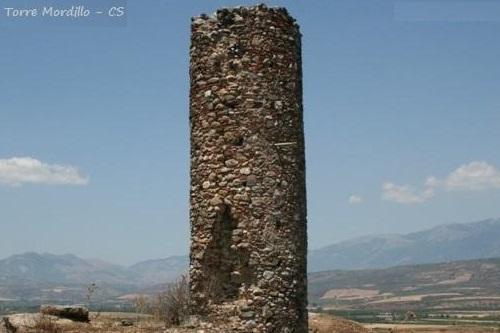
In any case it must be remembered that the origins of the Calabresi peope are highly debated, since the indigenous populations were in contact with the first Greek colonists, perhaps descendants of the Sicilians, Appulo-Lucani or Iberian Ligurians, lost some of their own characteristics in assimilation with newcomers.
This is indicated by the grave-objects(VII-VI centuries B.C). Then a group of Achaeans (Greek) founded Sybaris, Crotone, Locri-all between 744 and 670 B.C.
Reggio remained isolated, being oriented toward Sicily, while the Ionian colonists began to penetrate inland.
A role of primary importance was assumed by the Sybaris; its borders remained uncertain and relations tense.
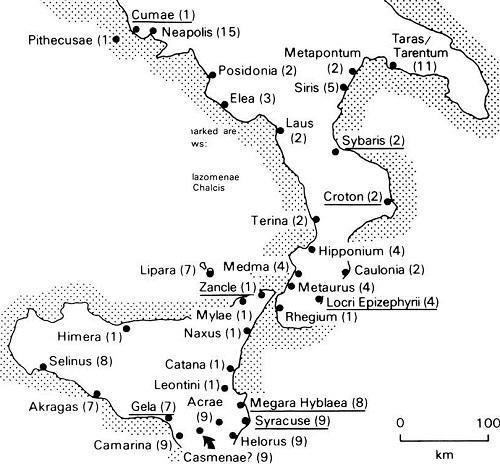
Greek development in this area was very important, especially by men such as Pythagoras, Milo, Zaleuco, Ibykos and many others.
Sybaris was a centre of distribution for valuable goods which were deviated toward the Tyrrhenian Sea and the interior.
It thus became the most populous and the richest but most corrupt city,dedicated, it is said, to the cult of refined pleasure. Crotone instead, was the agricultural centre, and so, until the arrival of Pythagoras, it remained commercially subordinate to Sybaris.
When Pythagoras came from Samos to Crotone in 532 B.C. the inhabitants adopted a more rigid social-cultural organization and destroyed Sybaris,their former ally in 510 B.C.
Legend has it that was Pythagoras himself who suggested deviating the rivers to flood Sybaris and annihilate it. This did not however guarantee long life to Crotone which declined after the fall of the aristocrats and the Pythagoreans.
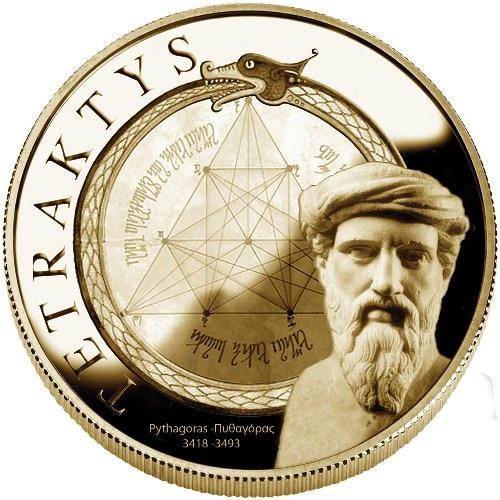
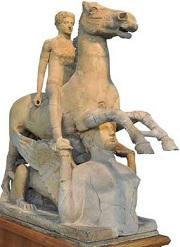 Locri on the other hand, with the support of the tyrants of Syracuse seemed a more vital and lively city, distinguished by its social forms which were different from those of other cities, for example, the matriarchal, sacred prostitution and the laws of Zeleuca, the first legislator of Magna Grecia. Locri on the other hand, with the support of the tyrants of Syracuse seemed a more vital and lively city, distinguished by its social forms which were different from those of other cities, for example, the matriarchal, sacred prostitution and the laws of Zeleuca, the first legislator of Magna Grecia.
But in the meantime, the tyrants thrust on, and Reggio was destroyed.
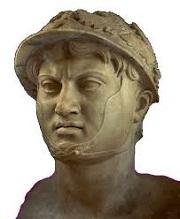 The Roman period : The Bruzi where advancing toward Cosenza, thus constantly extending their dominion and archaic culture against the glory of Greece. The Roman period : The Bruzi where advancing toward Cosenza, thus constantly extending their dominion and archaic culture against the glory of Greece.
Rome gained from this conflict, despite the alliance between the Bruzi and Pyrrhus, defeated in 275 B.C.
The Calabrian then joined forces with Hannibal against the Romans, but Rome won (the Punic Wars).
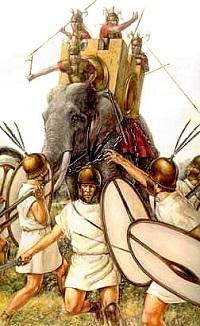 The Romans started to deforest the Sila , as well as other mountains, thus beginning to disrupt the hydrological-geological system, still the cause of disastrous landslides. The Romans started to deforest the Sila , as well as other mountains, thus beginning to disrupt the hydrological-geological system, still the cause of disastrous landslides.
The Romans 'latifunda' and the slaves did the rest.
The inland settlements were privileged by the construction of the Via Popilia, a military road, and scattered settlements were founded on the Tyrrenean coast, solely for loading wood.
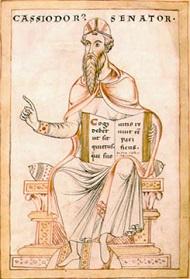 By this time the Ionian territory was abandoned. By this time the Ionian territory was abandoned.
Then began the development of malaria-infested land, first for agricultural purposes, but later characterized by greater stretches of country which lay uninhabited for centuries.
Calabria was later sacked by the Visigoths and Goths,and for that period, we have the testimony of Cassiodorus, monk from Squillace, and one of Theodoric's ministers, who founded the Vivarium, a school of culture.
Then began the migration of Basilian monks, persecuted by the iconoclasts.
While the Greek centers of cult were being created, the 'latifundas'(vast estates) given to or taken over by the monks, were firmly consolidated and part of the people sank into a state of passive submission.
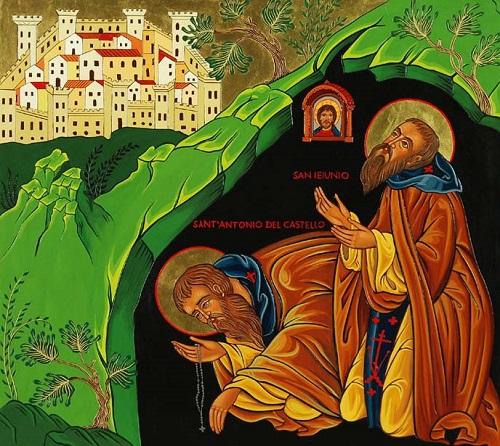
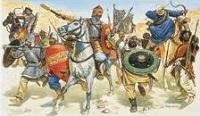 Saracen raids drove the scattered inhabitants of the coast deeper into the hills, farther identifying the population of Calabria within the continent. Saracen raids drove the scattered inhabitants of the coast deeper into the hills, farther identifying the population of Calabria within the continent.
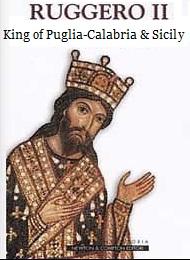 After the Byzantines came the Normans, bringing hopes of unifying the territory and introduced the influence of western monasticism with Gioacchino da Fiore (San Giovanni in Fiore Abbey) and Brunone di Cologne (S.Stefano Monastery, Serra S.Bruno). After the Byzantines came the Normans, bringing hopes of unifying the territory and introduced the influence of western monasticism with Gioacchino da Fiore (San Giovanni in Fiore Abbey) and Brunone di Cologne (S.Stefano Monastery, Serra S.Bruno).
It was mainly the Swabian that checked feudalism and the church, encouraging commerce by fairs and introducing Jewish traders, also from the towns of Campania.
In the meantime the new Tyrrhenian town of Monteleone (Hipponian-Vibo) was strengthened.
The Anjous, the Aragons and the Spanish once again weakened Calabria with feudal problems and dynastic struggles for power.
However, the feudal lord submitted to the rule of Naples, and at the same time violence was done to the local population when harsh taxation exacted by the minor nobility and the
 agents of feudal lords became the law of the land. agents of feudal lords became the law of the land.
Then began the repression of minorities (the Waldensians of Guardia Piemontese), uprising and raids. Tommaso Campanella, the philosopher, led a famous rising against the Spanish in 1599 and was later condemned to 27 years in prison.
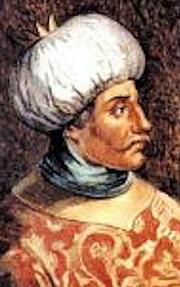 The raids were often led by Calabrians themselves who had The raids were often led by Calabrians themselves who had
gone over to the Muslims, men such Ucciali (Kılıç Ali Paşa) and Cigala; poverty and indifference were rife untill the 18th century and the influence of Telesio and Campanella was undoubtedly felt more strongly outside Calabria itself.
On the other hand, the Austrian Viceroy made his influence and authority felt in no uncertain manner, as did the Bourbons after the famine of 1764 and the earthquake in 1783.
Efforts were made to wrest the vast wealth accumulated by the Church, and a religious fund was instituted to administer or sell its benefices and channel proceeds into the ravaged Calabres economy.
Some effort however, was made to conserve the territory, in view of the numbers of archeologists, geologists and economists arriving in the wake of the Grand Tour, of which a visit to South Italy was one of the highlights.
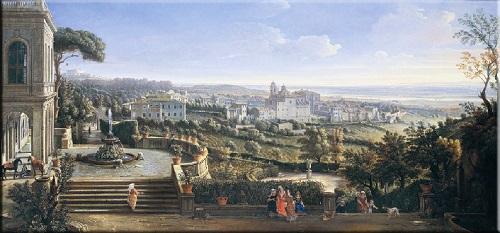
One remarkable 18th century achievement is that of the foundries at Mongiana and Ferdinandea, at the extremity of the Serre, beyond Stilo.
These provide an exceptional example of industrial archeology, but were forced to close down when the Bourbon public industry passed to private hands.
Below some images of the army factory. Yesterday and today.
Mongiana is a town standing at a height of around 1,000 m and the foundries were built there in 1770 by an architect called Gioffredo. The first arms factory was built in 1808, but closed in 1820, and a second erected in 1850 when the foundry already had three blast furnaces.
In 1875, (following the 'unification of Italy') it was sold to Fazzari , a member of the new Parliament, and now remains as evidence of how the Bourbons were able to exploit, amidst countless difficulties, timber and hydroelectric power (i.e. forest and rivers). The palace below how it looks today, is visible in the image above, top-middle.
The factory entrance, with columns, architrave and gate, is all in cast iron, exemplifying industrial architecture of the second half of last century. Below the factory entrance.
Farther down lies Ferdinandea, built as a foundry in 1798 to replace the nearby Stilo works, abandoned twenty years earlier.
Construction work was suspended however, and restarted only in 1841 when Ferdinando II had Paolotti , an engineer, build an administrative house.
The house was complete with a store, warehouses and a chapel, and there is still an elegant cast-iron gazebo in the garden. It was also bought in 1875 by Fazzari , who was also a former Garibaldi soldier, a hero for the north, a thief for the south.
The Ferdinandea foundry was turned into a fine country house by Fazzari. Today, only the oldest part, dating to 1798, still remains.
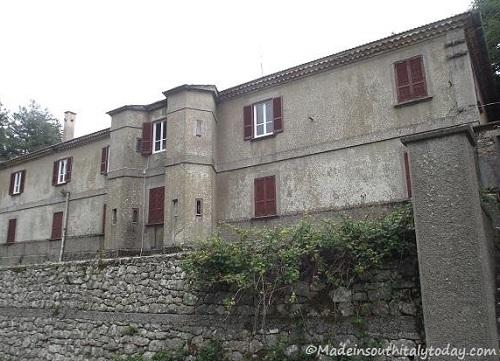
Several of these were shut down after the earthquake in 1908, others in 1930. Architecturally most interesting, they follow the 'Manchester' style, rectangular with high rectangular windows. Still in relation to spinning, during the French decade, mulberries were replaced by large olive groves, and the silk industry, introduced by Basilian monks, died out.
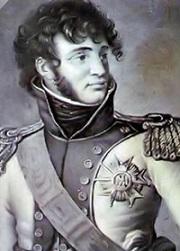 Many Calabrian played a part in the Republic of Naples in 1799, and not a few paid for this with their lives at the Bourbon restoration under Cardinale Ruffo. Many Calabrian played a part in the Republic of Naples in 1799, and not a few paid for this with their lives at the Bourbon restoration under Cardinale Ruffo.
The hanging of Murat at Pizzo dealt the final blow to hopes of change. Preparation were already being made for the uprising of 1820, with the Pepe brothers, Morelli and Salvati, which ended in bloodshed.
Uprisings took place also in Cosenza in 1837 and 1844, when the Bandiera brothers were killed.
 In 1839, Luigi Settembrini was arrested for his liberal ideas (he mentions his experiences in politics and as a teacher in Catanzaro, in his 'Ricordance'). In 1839, Luigi Settembrini was arrested for his liberal ideas (he mentions his experiences in politics and as a teacher in Catanzaro, in his 'Ricordance').
In 1860, all this went to help Garibaldi, for the people of the Calabria were certain that a radical change would result from the unification of Italy. And the results were there to be seen for years, leading to misery and emigration.
|
Acknowledgment & Riconoscimenti

Renato Zavaglia
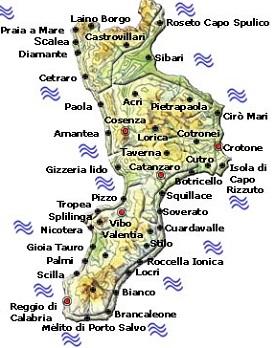
Magna Grecia
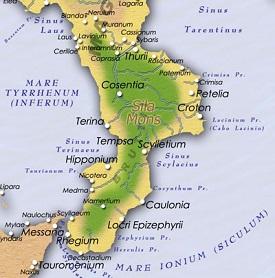
The stone Giants in Campana
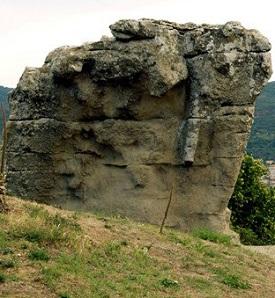
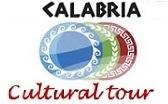

The Rocca del Drago - Roghudi
The Calabrese "Stonehenge" - Stilo
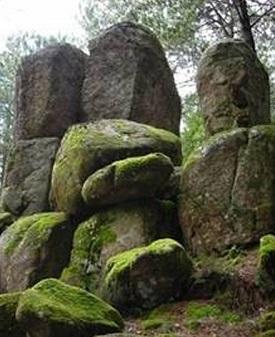
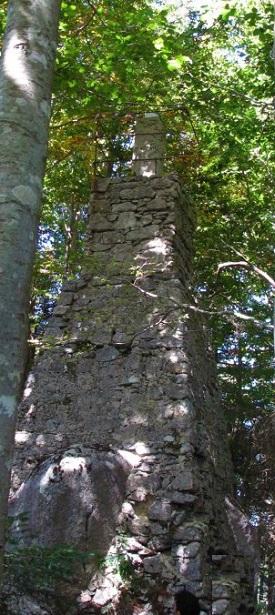 Pietra Cappa-Aspromonte
Pietra Cappa-Aspromonte
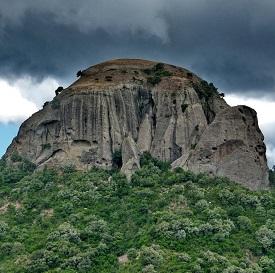 Rupestrian Habitat
Rupestrian Habitat
Petilia Policastro
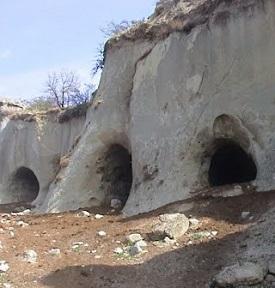 Zungri
Zungri
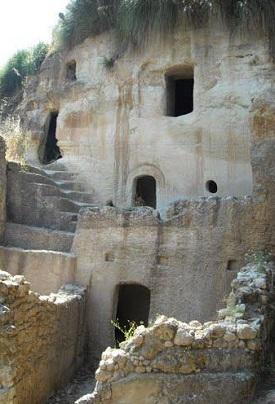
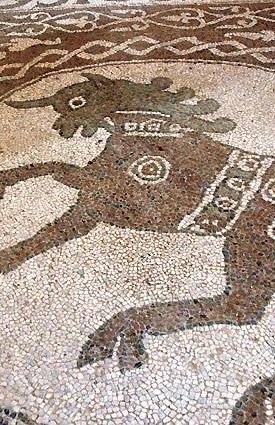

The Bronzes
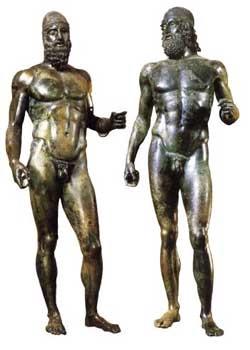 Capo Colonna
Capo Colonna
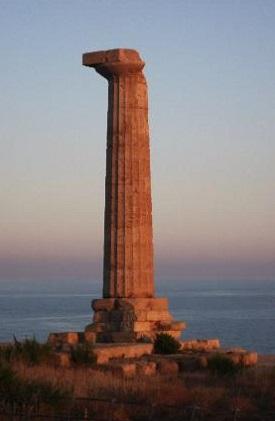 Codex Rossanensis
Codex Rossanensis
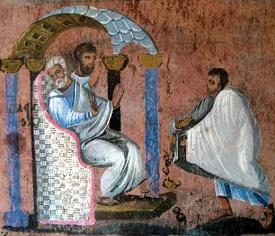
Morano Calabro
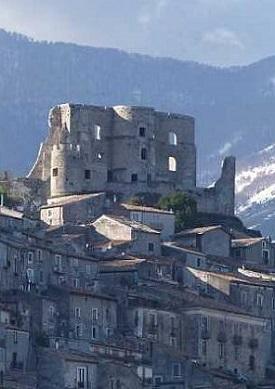 Rocca Imperiale
Rocca Imperiale
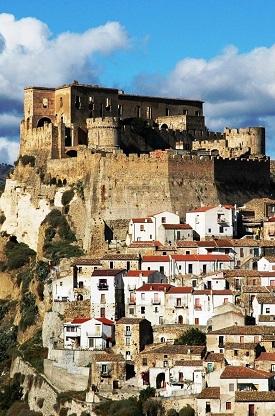
Old Roghudi
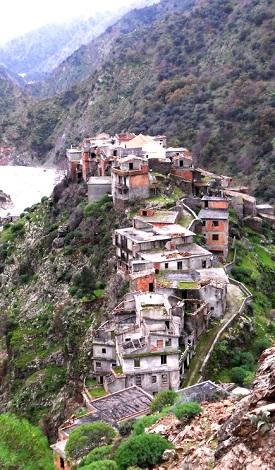
Reggio Calabria - Castle
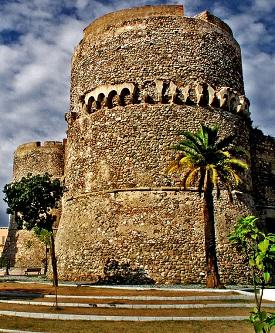 Capo Spulico Castle
Capo Spulico Castle
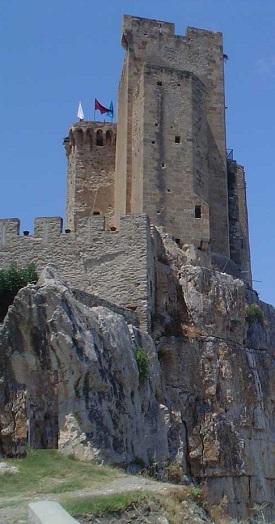
Amendolea Castle
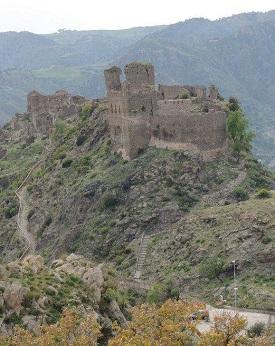
Old Bruzzano - Prince's arch
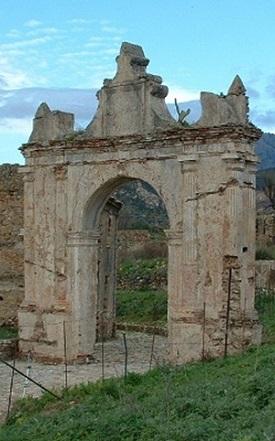
Saracen tower of Joppolo
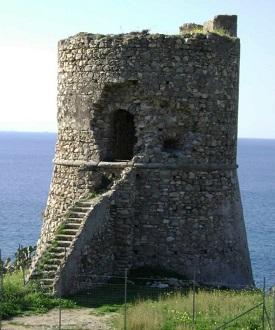
The Basilica-Roccelleta
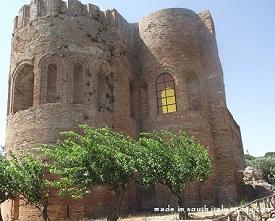
Cuccuri - The castle
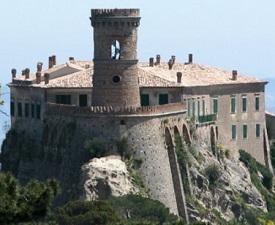
Stilo - La Cattolica
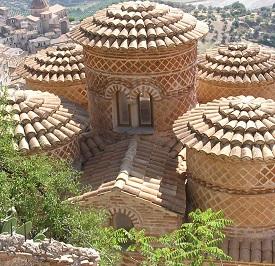
|
|
|
La vetrina ideale per promuovere i vostri prodotti e servizi sul mercato Nord Americano ma che potrebbe essere un punto di visibilità anche nei vari mercati internazionali.
AZIENDE - PRODUTTORI - STRUTTURE RICETTIVE - GUIDE TURISTICHE - TOUR OPERATORI
Ai nostri visitatori piace il Sud Italia, vuoi dire loro qualcosa?
Il nostro obiettivo e' quello di promuovere prodotti tipici del Sud in un contesto di marketing globale, e allo stesso tempo
proporre il nostro Meridione come alternativa turistica, ben consapevoli che il successo dell'uno è essenziale per il successo dell'altro.
Paesi di provenienza dei visitatori in ordine numerico
Stati Uniti - Canada - Italia - Gran Bretagna - Australia - China - Germania - Francia - Nuova Zelanda - Olanda
Coloro interessati ad inserire la loro attivita'/azienda/ nel sito
sono pregati di mettersi in contatto usando il modulo sottostante .
Per saperne di piu'...

|



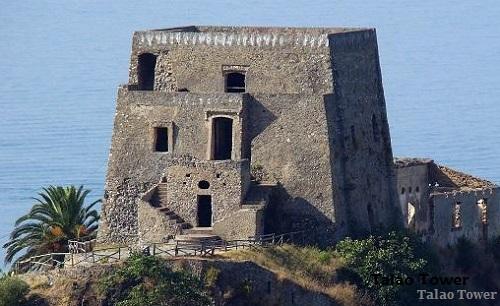
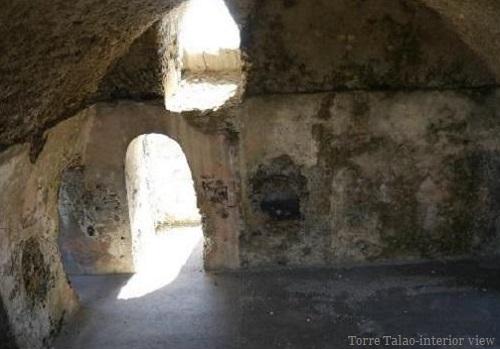
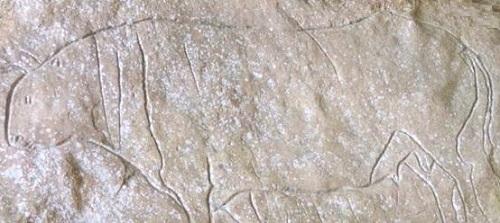





 The Romans started to deforest the Sila , as well as other mountains, thus beginning to disrupt the hydrological-geological system, still the cause of disastrous landslides.
The Romans started to deforest the Sila , as well as other mountains, thus beginning to disrupt the hydrological-geological system, still the cause of disastrous landslides. By this time the Ionian territory was abandoned.
By this time the Ionian territory was abandoned.
 Saracen raids drove the scattered inhabitants of the coast deeper into the hills, farther identifying the population of Calabria within the continent.
Saracen raids drove the scattered inhabitants of the coast deeper into the hills, farther identifying the population of Calabria within the continent.



